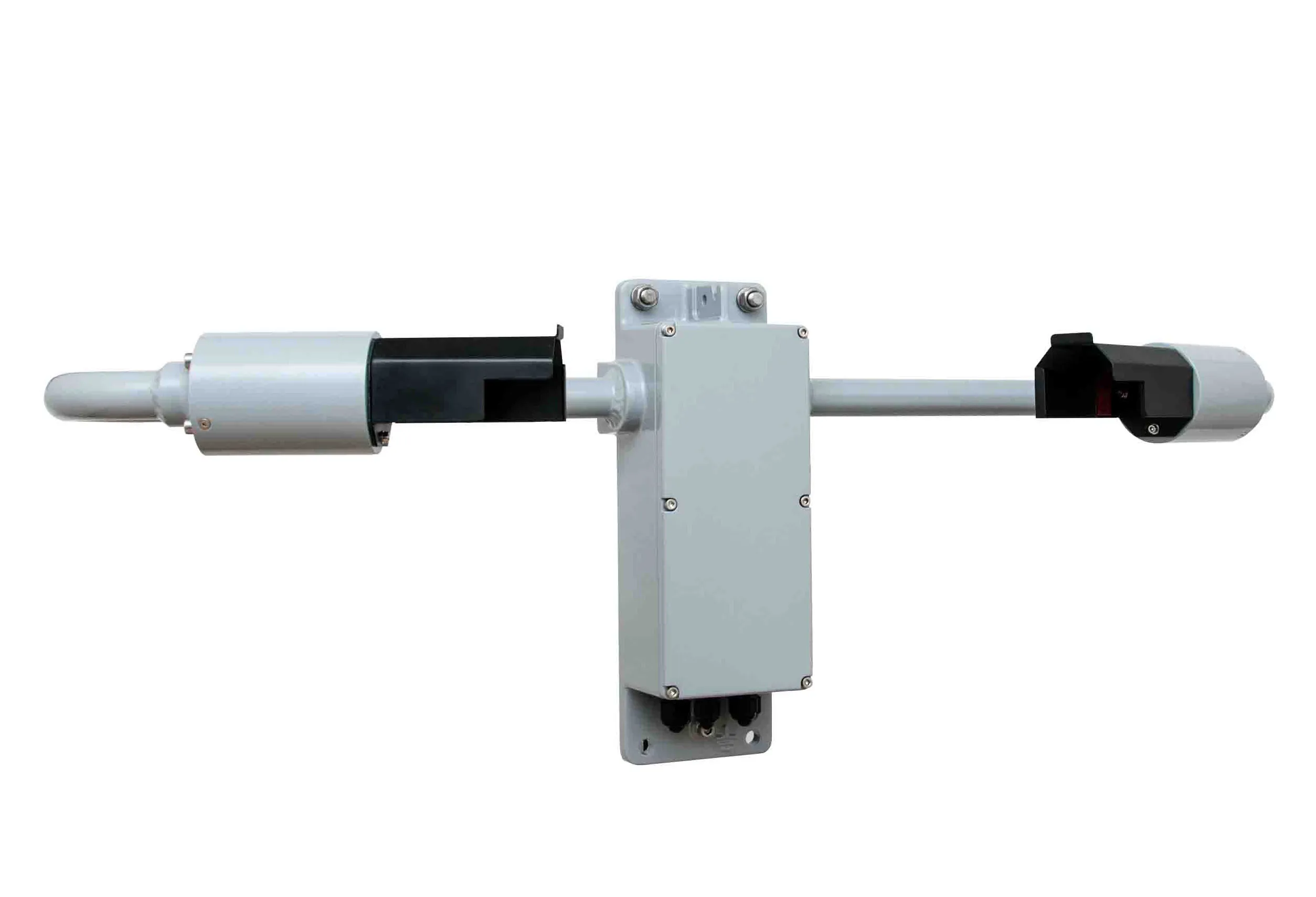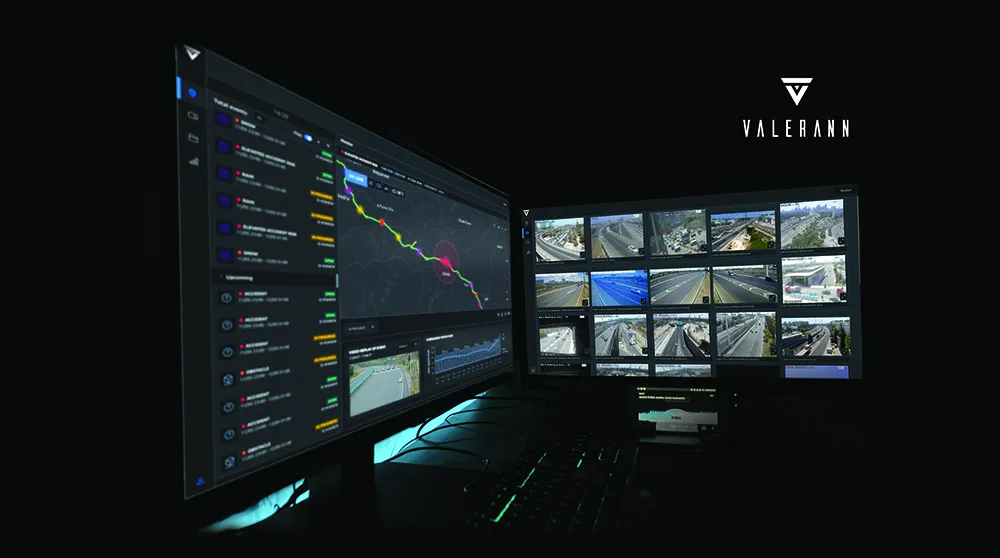Bentley is improving its AssetWise APM package with the addition of process safety and risk management capabilities. The new AssetWise APM V7.3.
April 27, 2015
Read time: 2 mins

The AssetWise APM V7.3 package is said to boost the reliability, integrity, safety of processes in sectors including quarrying and materials production. The software is said to ensure that assets are safe and reliable and that they are inspected and maintained to reduce or eliminate risk. Users further benefit from the elimination of unexpected downtime, increased asset availability and utilisation, reduced maintenance costs, and support for regulations and safety standards.
The AssetWise APM V7.3 package has new process safety features to help users manage the integrity of safety systems and hazardous processes, lowering the risk of failures and incidents and keeping people, assets, and the environment safer. Capabilities include safety instrumented function (SIF) analysis, safety instrumented systems (SIS), safety integrity level (SIL) and safety provisions, overrides, and incidents.
Other features of AssetWise APM V7.3 include tools for spatial navigation tools, production loss accounting and root cause analysis (RCA) diagrams. With this software users can develop risk-based reliability-centered strategies; monitor asset condition and performance using tablet/mobile devices; consolidate and analyse condition data; and access design and engineering information models when inspecting or performing corrective work on assets.









